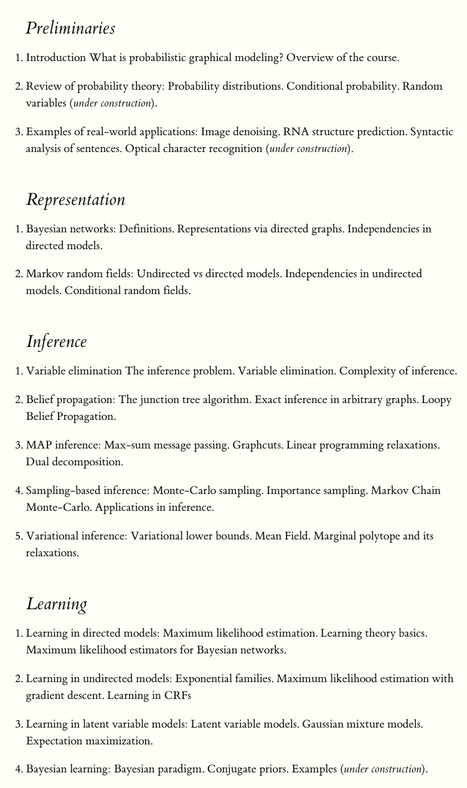"As mathematics instructors and students know, lucid visualizations are essential to helping learners understand complex mathematical concepts. Seeing Theory is an online, interactive textbook that utilizes colorful, interactive visualizations and animations to explain concepts like compound probability and Bayesian Inference. This resource was envisioned by Daniel Kunin (currently a master's student in mathematics and computer science at Stanford University), who created Seeing Theory along with designer Jingru Guo, software engineer Tyler Dae Devlin, and statistics student Daniel Xiang.
Seeing Theory contains six chapters, each of which contains three interactive visualizations. Each visualization contains two panels: a short explanation of each concept appears on the left, while a graph or chart appears on the right. In addition, the left panel often contains an interactive element. For instance, in the basic probability module, users are invited to flip a coin, roll a die, and draw a card. As they do so, the graph on the right reflects the outcome of these actions, revealing the principles of basic probability."
Via Jim Lerman, Dennis Swender



 Your new post is loading...
Your new post is loading...










